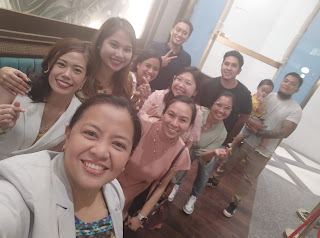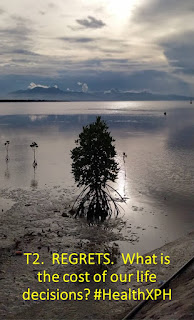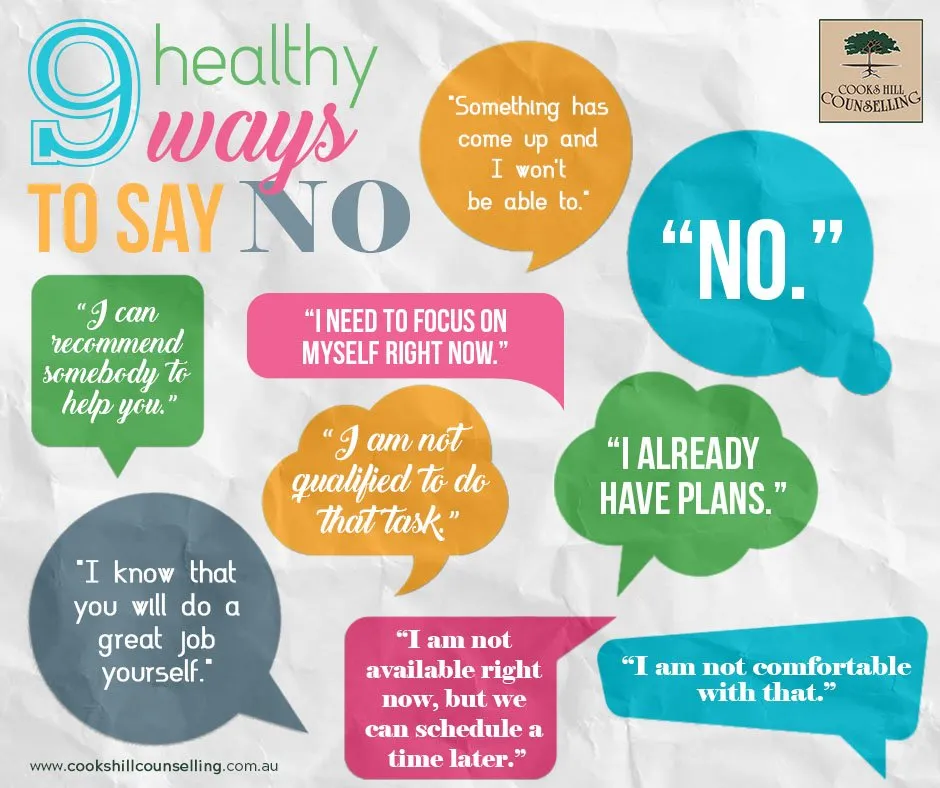Quarterly
Maternal-Perinatal Statistics: the
Vicente Sotto Memorial Medical Center Model for Service Delivery Network for
Maternal Health (MABDUS)
In 2015, the overwhelming problem was the high
maternal and perinatal mortality. The VSMMC
Department of Obstetrics and Gynecology, together with the Department of
Pediatrics jointly organized monthly Perinatal Statistics since 2015 to
identify areas for improvement. The aim
was to identify the different causes of mortalities and morbidities, assess as
to whether these causes were preventable or non-preventable, to improve the
coordination between the stakeholders within VSMMC so as to have better patient
outcomes. It
soon became apparent, however, that being an apex hospital, VSMMC needed to
coordinate with hospitals within the service delivery network. Like other government hospitals, VSMMC was
inundated with patients - as many as 10 patients sharing one bed.
Most of the patients were referrals from district and provincial
hospitals from all over Cebu Province.

An assessment of
referrals revealed that the main reason for patient transfer was the
unavailability of expert assessment (obstetrician, anesthesiologist,
pediatrician) and services required were beyond the capability of the referring
institution (no operating rooms, medical equipment and maternal and/or neonatal
intensive care units). The department annual statistics show that there were
16,375 obstetric admissions in 2017. The
turnaround time for cesarean section was as long as 2 days with an average of 12
hours.
The long turnaround time was often identified as one of the
key factors which contributed to poor maternal and neonatal outcomes. Up to 40% of
patient admissions in 2015 to 2017 were low risk obstetric admissions, which
could have been managed adequately in lying-in clinics, birthing homes and
primary hospitals.
In order to spearhead regular meetings of the chiefs
of hospitals within the service delivery network to identify the problems that
can be solved, the VSMMC Department of Obstetrics and Gynecology set well in
advance the schedule for the QUARTERLY MATERNAL-PERINATAL STATISTICS (QMPS),
which initially started as a whole day event at a hotel function room. Later on, the meeting was scheduled as three
half-day virtual conferences during the COVID19 pandemic. The main goal for the Maternal-Perinatal
Statistics is to assess and develop strategies to strengthen the referral
system in order to reduce maternal and perinatal mortality. Initially, the goals were simple, such
as: the provision of the initial dose of
antenatal corticosteroid for patients with preterm labor, and magnesium sulfate
for patients with preeclampsia or eclampsia, prior to transfer to VSMMC, until
it ballooned to all sorts of problems with corresponding suggested solutions.
The QMPS began a platform where healthcare workers from different
hospitals, lying in clinics and birthing centers, could express issues and concerns
and expect acceptable solutions.

With the promotion of the Service Delivery Network
(SDN) by the Department of Health Central Visayas Center for Health Development
(DOH CVCHD), the aim was to ensure that the right patient is at the right
facility at the right time, which means that patients admitted to the apex
tertiary government hospital are (1) patients needing emergency care; (2) patients
referred from other hospitals and (3) patients with high-risk conditions like
preterm pregnancies <35 weeks age of gestation, and (4) those patients
needing intensive care. This is made possible through the electronic
referral system developed as a real-time inter-hospital communication
platform. In recent years, the buy in
for hospitals to use this system was the refusal of VSMMC to accept walk-in
patients, and those not documented through the electronic referral system.

To facilitate this, the technical working group was created, members of
which committed to meet quarterly to
review statistics, accomplishment reports and selected patient cases to
recommend policies and guidelines for maternal healthcare service
delivery. The functionality of
peripheral hospitals were improved with funding from the DOH Health Facility
Development Bureau. Continuity of these
conferences to maintain transparency and accountability for hospital mandates
will ensure implementation of the universal healthcare within the Central
Visayas healthcare provider network.
The COVID-19 pandemic reflected the weakness in our
healthcare system, but it also revealed our strengths. Under the supervision of the DOH CVCHRD, the QMPS
is actively and consistently participated by ten (10) government hospitals in
the island of Cebu. There are four (4)
DOH-mandated hospitals, namely the Vicente Sotto Memorial Medical Center
(VSMMC), Eversley Childs Sanitarium and General Hospital (ECSGH), Saint Anthony
Mother and Child Hospital (SAMCH) and the Cebu South Medical Center (CSMC). There are four (4) Cebu Provincial Hospitals
(CPH): CPH-Bogo, CPH-Danao, CPH-Balamban and CPH-Carcar. There are two (2) city hospitals, the
Lapu-Lapu City Hospital and the Cebu City Medical Center. While VSMMC presents the maternal
mortalities, perinatal statistics and census of referrals, the other hospitals
present their quarterly accomplishment reports for accountability.
Utilizing the electronic referral system as a
real-time tool to facilitate coordinated patient transfers between health
facilities to ensure people safety, the system allows for monitoring and
evaluation of the quality of referrals as well.
During meetings, there is a no-blame policy where the discussion
is considered safe space, where we could openly discuss and identify areas for
improvement in the cases of maternal mortalities presented, to learn from our
mistakes. This allows for everyone to be
on board and commit to the process of identifying problems and proposing
solutions.

The decreasing trend in obstetric admissions
and deliveries at the end-referral apex hospital is a function of low-risk pregnancies effectively managed at the
grassroots level and more high risk pregnancies referred to VSMMC. Direct
communication between healthcare providers through text messaging and chat
groups augments the electronic referral system for coordinated patient
transfers to ensure patient safety. To
address infection control issues, a coordinated schedule of general cleaning
of the obstetric complex, neonatal ICU and wards of each government hospital is
made possible without interrupting patient access to health service
delivery. Continuing professional
education is provided free of charge for healthcare workers within the
network to boost confidence and improve their capacity to serve. Bottomline, the impact of the quarterly
maternal-perinatal statistics is the dramatic reduction of annual maternal
mortalities from 132 maternal mortalities
in 2015 to 33 maternal mortalities in 2021.

Universal healthcare advocates financial risk protection and VSMMC
believes in shared identity and shared responsibility. The QMPS is a low cost, high impact
intervention that is highly recognized by the Department of Health during
the regional field implementation coordination team meetings with the electronic
referral system as a best practice unique to Central Visayas.
Moving forward, the members of the technical working group is in the
process of editing the second version of the Central Visayas Health Referral
System Manual and developing collaborative research for documentation of
evaluation and impact analysis of these interventions toward improved maternal
and perinatal health, because at Vicente Sotto Memorial Medical Center, quality
service is our pride!


















































